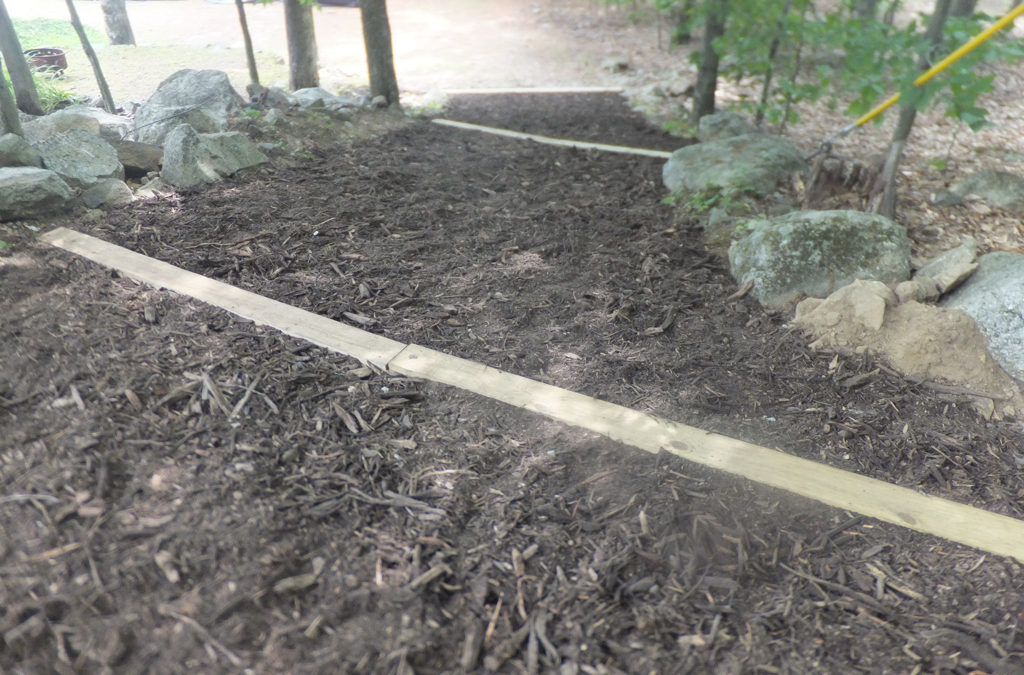Precise Solutions from Memphis Erosion Control Solutions trenching
Finest Practices for Disintegration Control in Building And Construction Projects
Are you functioning on a building and construction job and concerned about erosion control? In this post, we will assist you through the best techniques for preventing erosion on your site. erosion control. Get ready to take on disintegration head-on and guarantee the success of your building task.
5 Vital Disintegration Control Techniques

To efficiently regulate erosion on your building and construction site, you'll need to implement essential strategies such as incline stabilization and sediment control steps. Slope stabilization is vital in preventing soil erosion on high inclines. Another efficient strategy is the usage of disintegration control blankets or floor coverings, which are positioned on the incline and assistance keep soil bits while permitting vegetation to grow.
Effective Sediment and Drainage Management

You can successfully manage sediment and runoff in your building task by implementing appropriate disintegration control actions. Sediment and drainage monitoring is vital to avoid erosion and secure the surrounding environment. One effective measure is the setup of silt fencings along the perimeter of the building site. These fencings aid to consist of debris and avoid it from getting in nearby water bodies. One more vital technique is the application of disintegration control blankets or floor coverings. These blankets supply a protective layer on bare dirt, reducing the effect of rainfall and avoiding disintegration. Furthermore, the use of sediment containers or debris traps can assist to catch debris and avoid it from going into stormwater systems. Regular upkeep of these steps is vital to ensure their efficiency throughout the building and construction project. This includes evaluating and cleaning sediment basins and on a regular basis changing silt fences and erosion control blankets as needed. By carrying out these disintegration control procedures, you can properly take care of debris and runoff in your building and construction job, decreasing the influence on the atmosphere and adhering to governing requirements.
Trick Factors To Consider for Incline Stabilization
When taking into consideration slope stablizing, it is essential to assess the terrain and determine prospective locations of instability. You need to meticulously check out the slope's attributes, such as its structure, angle, and drain patterns. Seek indications of erosion, such as revealed roots, fractures, or slumping dirt. These signs can provide you a concept of where stabilization procedures may be essential.
When you have actually identified the unstable areas, you can begin applying measures this page to support the slope. One usual method is the use of keeping walls or terracing to produce a collection of level steps, which can assist distribute the weight and stop more erosion. Another choice is to grow greenery on the incline, as the origins can assist anchor the soil and control erosion. In addition, setting up erosion control blankets or mats can provide immediate defense while vegetation comes to be well established.
It's crucial to routinely check the stabilized inclines to ensure her comment is here their efficiency. Watch out for any kind of indications of movement or disintegration, and take instant action if needed. Routine maintenance, such as examining and fixing any broken steps, is also vital to ensure long-lasting stability.
Finest Practices for Vegetation and Soil Protection
One effective method to secure plants and dirt on slopes is by frequently inspecting for indicators of erosion and taking immediate activity if needed. Start by examining the incline for any indicators of disintegration, such as subjected roots, bare soil patches, or debris build-up at the bottom. Implement disintegration control procedures such as mounting disintegration control blankets, mulching, or even constructing preserving walls if needed.
Carrying Out Proper Drain Systems
To efficiently execute appropriate drainage systems, it's essential to take into consideration the incline gradient and dirt type. Understanding these variables is vital when it comes to managing water circulation and stopping disintegration. The incline gradient plays a substantial role in determining just how water crosses the land. Steeper inclines can bring about much faster water circulation, boosting the risk of erosion and flooding. On the various other hand, gentler inclines permit water to move extra gradually, decreasing disintegration potential. By examining the incline gradient, you can create a reliable water drainage index system that suits the natural water activity.
Sandy dirts tend to drain pipes faster due to their crude structure, while clay dirts have a slower drainage rate due to their compact nature. In addition, considering the dirt characteristics helps avoid waterlogging, which can lead to inadequate plant growth and damage to structures.
Verdict
In verdict, when it comes to disintegration control in construction jobs, you need to adhere to these best techniques. Consider incline stabilization approaches to guarantee the stability of the site. By adhering to these crucial practices, you can successfully manage disintegration and ensure the success of your building task.
To successfully control erosion on your construction website, you'll require to apply crucial methods such as incline stablizing and debris control procedures. Incline stablizing is important in avoiding soil disintegration on steep slopes. An additional effective strategy is the usage of disintegration control coverings or mats, which are positioned on the slope and help preserve soil fragments while allowing plant life to grow. Another option is to plant vegetation on the incline, as the origins can help secure the soil and control erosion. Implement disintegration control actions such as setting up erosion control coverings, mulching, or even constructing preserving walls if needed.